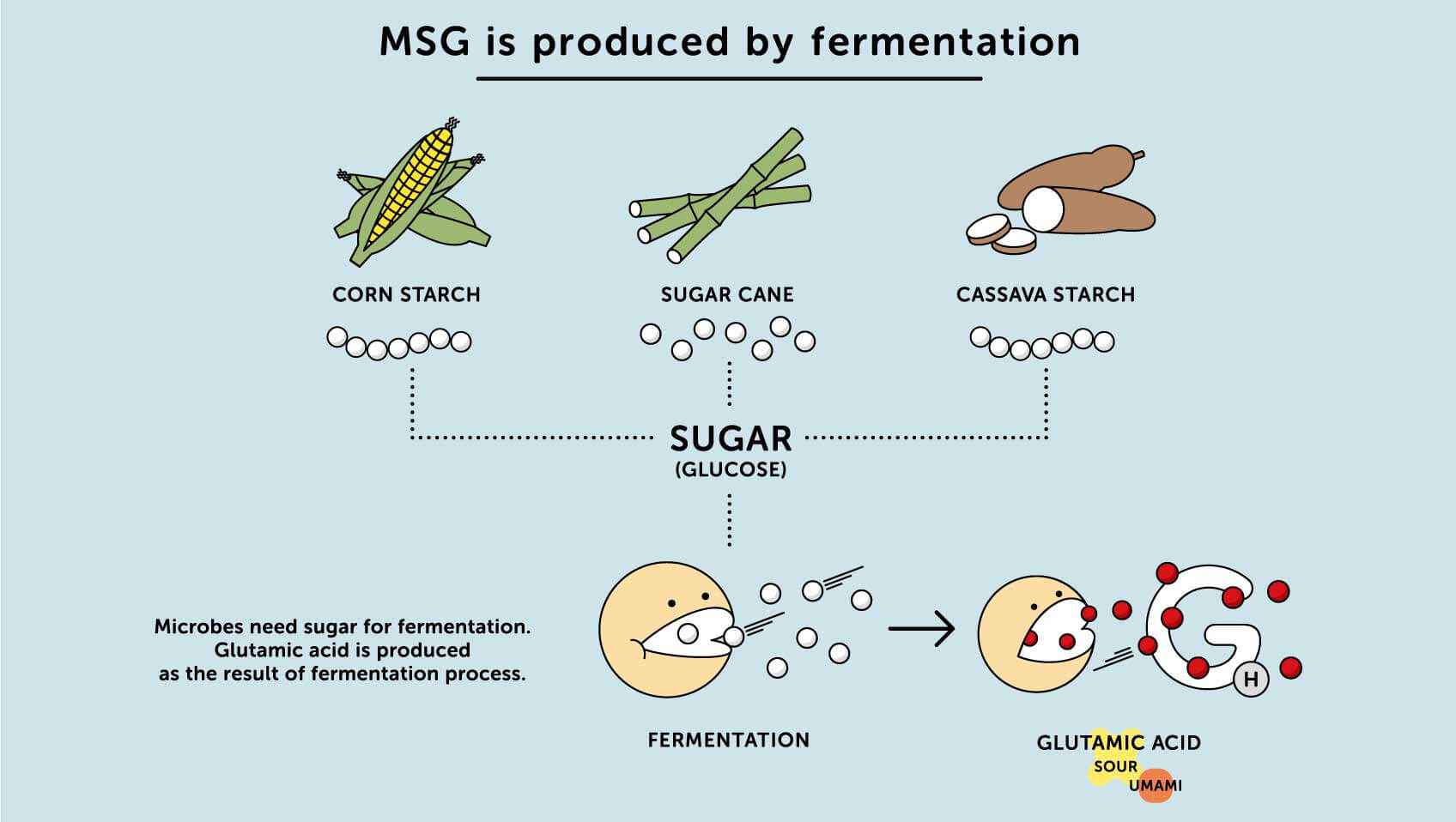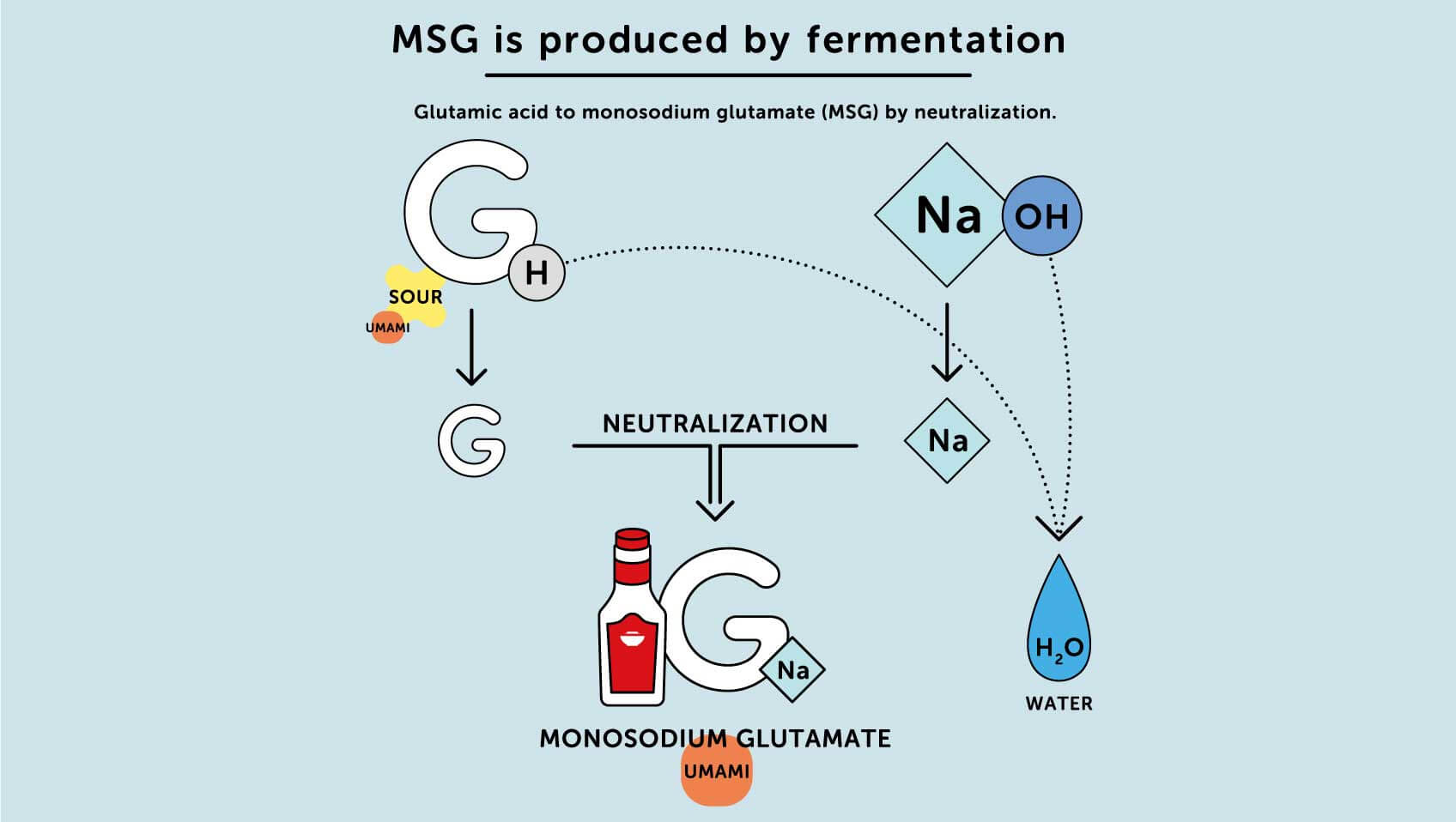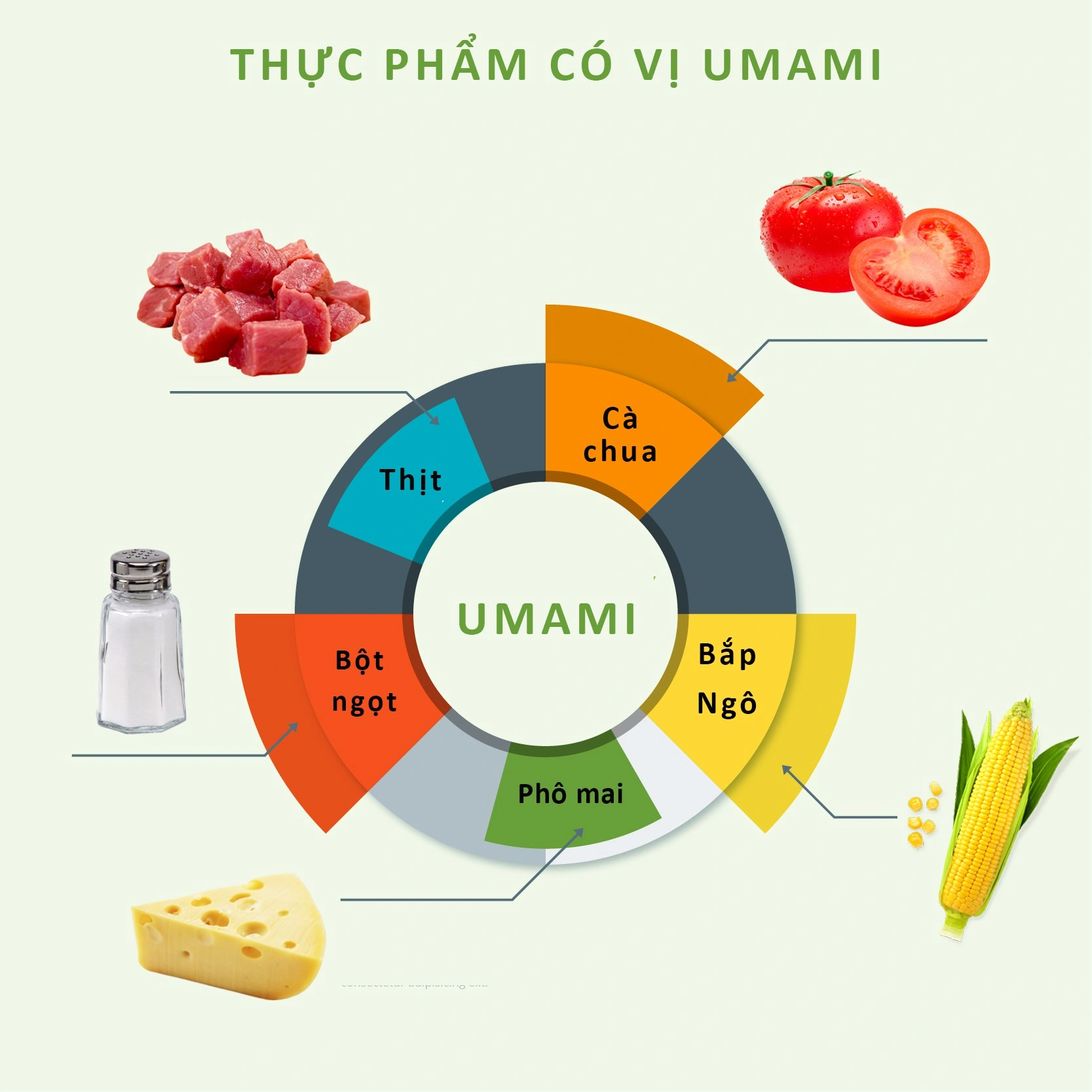What is umami? What are the facts surrounding this unique savory taste? And are there any misconceptions about umami? All the answers will be revealed in this article, so let's explore with Soumaki.
What is umami?
Umami is a taste that is created by the human sense of taste, combining the basic tastes of sweetness, saltiness, sourness, and bitterness. To describe umami most accurately, one can think of the savory taste of bone broth or the rich aroma of soups and broths in everyday meals.
Umami, in Japanese, means "delicious essence" or "rich and savory taste" This term was coined by chemist Kikunae Ikeda (from Tokyo University, Japan) – the person who discovered that the component responsible for umami is glutamate. This amino acid makes up proteins in cells.
Umami has the following characteristics:
-
Spreads across the entire surface of the tongue
-
Lingers longer than other basic tastes
-
Provides a stimulating sensation to the taste buds and increases salivation
-
Enhances the flavor and deliciousness of food

Which foods contain umami?
Umami is present in various natural foods, including:
-
Seasonings: MSG (monosodium glutamate), tomato paste, miso paste, truffle oil, soy sauce, Worcestershire sauce, etc
-
Cheese: Parmesan cheese, Roquefort cheese, etc
-
Animal products: Meat, fish, and shellfish also contribute to the rich savory taste of umami.
-
Mushrooms: Shiitake mushrooms, oyster mushrooms, porcini mushrooms, etc
-
Vegetables: Seaweed, onions, carrots, turnips, sweet potatoes, ripe tomatoes, etc. They also contain certain amounts of glutamate compounds that create the umami taste
Note that umami is not created solely from a single type of food but often results from the combination of multiple components to create a complex flavor. Specifically, it is the combination of foods containing glutamate with foods containing inosinate/guanylate.
For example:
Read more: What are superfoods? Are they truly super as their name suggests?
MSG - A perfect umami flavor simulator
At present, MSG is perhaps the most concentrated and perfect umami flavor enhancer. In the past, MSG was only popular in Asian kitchens, but now this type of seasoning has spread globally.
1. How is MSG produced?
The production process of MSG involves the following steps:
Step 1: Fermentation of sugar cane/ cassava/ corn... in fermentation tanks
Step 2: Addition of microbial cultures to the tanks (the microorganisms in the cultures consume glucose - the sugar present in sugar cane/ corn... and release glutamate)
Step 3: Neutralization of glutamate to form a solution, followed by the addition of sodium
Step 4: Filtration and removal of the color of the glutamate solution to ensure purity
Step 5: Crystallization and drying of the solution to obtain the final MSG product


MSG (also known as monosodium glutamate) contains only about one-third of the sodium content compared to table salt, making it an effective solution for reducing salt consumption while still ensuring delicious taste. Ajinomoto's MSG has become a legendary seasoning associated with the meals of millions of Vietnamese people.
2. Is MSG use dangerous to health?
There is much debate surrounding the safety of MSG consumption. Many people claim to have allergic reactions to MSG (with symptoms such as numbness, weakness, palpitations...)
Studies have been conducted, and when individuals with the mentioned allergies were given MSG or a placebo, the symptoms did not consistently appear, causing confusion in reaching a definitive conclusion.
The anti-MSG movement has gained momentum over the past decades. Many restaurants and consumer groups openly exclude MSG from their meals. Media outlets either restrict their coverage or hold multidimensional discussions and campaigns.
The FDA and government organizations worldwide recognize MSG as a safe seasoning (GRAS). However, numerous animal studies have shown that MSG contributes to health issues such as obesity, taste disturbance, excessive salt intake, visual impairments…
Despite the numerous accusations and attempts to dispel misunderstandings, there is still no research that conclusively demonstrates the direction of human sensitivity to MSG. Is it negative, or positive, or are there other hidden factors?
Appreciating umami in everyday meals

Instead of trying to determine the goodness or badness, right or wrong of seasonings, let's focus on how we use them: how the usage leads to those outcomes. Knowing how to balance and regulate our daily meals in terms of nutrition is what truly matters.
If you are concerned about using too many spices around you, you can still learn to appreciate the delicious taste of umami by combining different dishes:
-
Use glutamate-rich vegetables: beets, chayote, bitter melon, eggplant, carrots, taro, luffa, pineapple, tomatoes, cabbage, various fresh mushrooms, seaweed...
-
Use fermented foods: pickled vegetables (sauerkraut, pickles, fermented garlic, fermented soybeans...), fermented fish or meat (fish sauce, fermented meat, smoked meat, fermented sausage...), vinegar, infused alcohol...
-
Use raw, natural seasonings: coarse sea salt, pure fish sauce, raw cane sugar, cold-pressed oils, dried ingredients (dried fish, dried shrimp, dried squid, dried cuttlefish...)
Soumaki - a healthy restaurant that limits spices in cooking
With the aim of minimizing the use of seasonings in cooking to preserve the original flavors, all dishes at Soumaki are free from MSG, sugar, and use very little frying oil.
Soumaki's dishes focus on freshness, tenderness, and perfect harmony among the ingredients. Each meal consists of a balanced combination of meat/fish, rice/noodles, vegetables, and sauce, creating a well-rounded and nutritionally balanced overall flavor.
The calorie, protein, carbohydrate, and fat content in each portion of Soumaki is carefully calculated. You can completely trust in controlling your energy intake as well as the safety of the food and cooking additives used.
Remember to visit our healthy restaurant at 42 Ly Tu Trong, District 1, Ho Chi Minh City to experience delicious and nutritious meals.
Conclusion
What is umami has been explained by Soumaki in this article. If you have any questions, feel free to send your thoughts via email or inbox to Soumaki on Instagram. We are always here to provide guidance and advice.